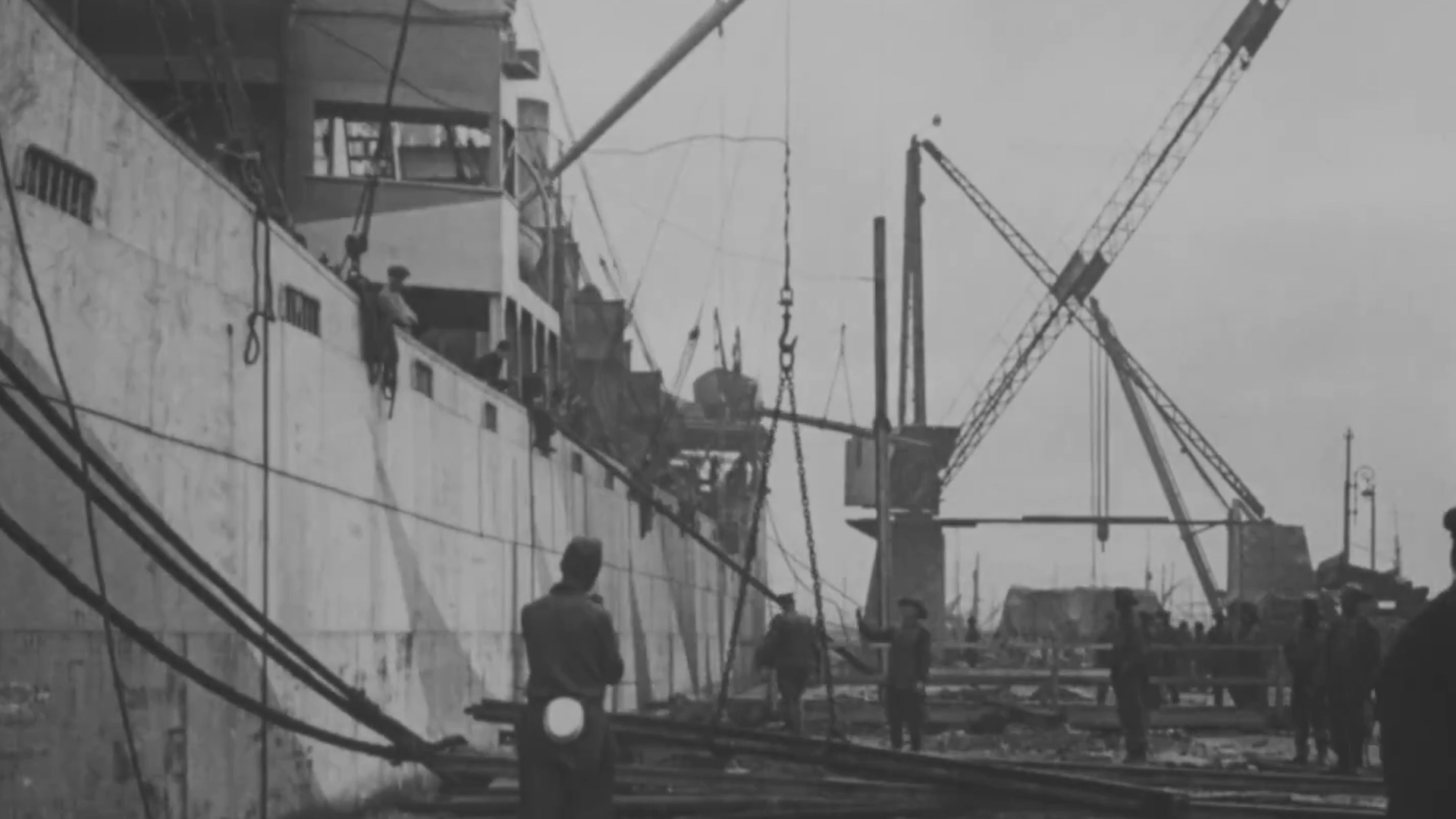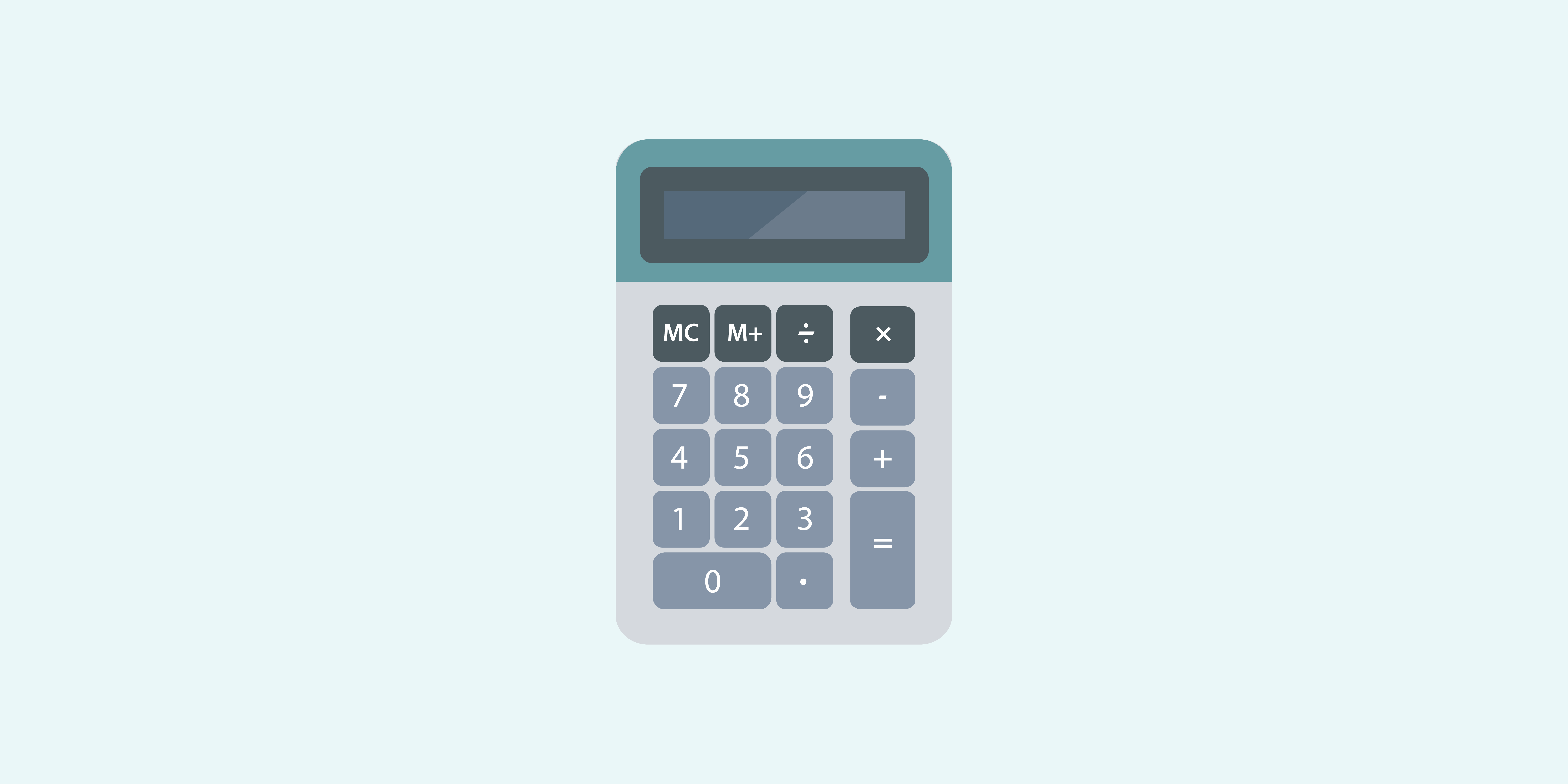The Panama Canal Company bankruptcy in 1889 was the largest financial scandal of the 19th century and caused the financial ruin of thousands of investors. The bankruptcy led to losses of 1.8 billion gold francs, or more than 11 billion U.S. in today’s dollars. Some 800,000 French citizens saw their entire investment wiped out. Ferdinand de Lesseps had been the French developer charged with designing and overseeing the construction of the Suez Canal. He would be the developer in charge of this canal as well. The fact that de Lesseps knew very little about finance or economics didn’t seem to matter. And the French got on board with his idea to replicate the success of the Suez with a lockless canal in Panama. De Lesseps and his sons established the Panama Canal Company. They raised capital mainly from individual investors based on exaggerated prospects from the press, parliamentarians, government ministers, and banks.
De Lesseps handled the vitally important work of promoting and raising money for the project from private subscriptions himself. His balanced confidence in enthusiasm for the project, as well as a dogged faith in the miracle of technology attracted many stockholders. French citizens eagerly invested because public loans too were backed by the French government. It was a safe investment. In fact, investing in the project was regarded as a sort of patriotic public service. Work on the canal got underway in early 1881. But de Lesseps was not adequately prepared for the harsh conditions in Panama. By 1889, they’d moved 50 million cubic meters of earth at the cost of the lives of 20,000 men. Yet only 11 miles of the 45 mile canal were dug. Nearly 300 million had been spent, and suddenly there was no more money. Shareholders voted to dissolve the company, placing it under legal receivership. The canal remained unfinished and the project was deemed a total failure.
The Canal Company stock became almost worthless overnight, and people were furious. The French government conducted an inquiry on behalf of investors. The scandal implicated numerous individuals and institutions, including de Lesseps, who was accused of fraud. De Lesseps was unable to oversee much of the work in person because of his age. And so the project had fallen into the hands of swindlers. The political class was also heavily implicated. Following the chain of bribes, slush funds and influence peddling proved that numerous legislators were involved in the scandal as well. The public was furious that the very reason for their confidence in this investment, the government backing of the loans was instead a key factor in the scandal itself.
Newspapers, deputies, and senators accepted bribes and duped the little guy making the Panama scandal one of the most notorious financial events of the era. Several parties allegedly received bribes from key company financiers Baron de Reinach and Cornelius Herz. Some of the culprits ended up imprisoned and fined, but de Reinach died before he could even be sentenced. Ferdinand and Charles de Lesseps along with Gustave Eiffel were sentenced to prison terms they never served. And Herz fled to England. In the end, despite the inquiries, the people who bore the brunt of the burden were the thousands of French investors left out in the cold.





